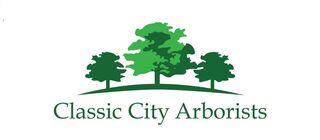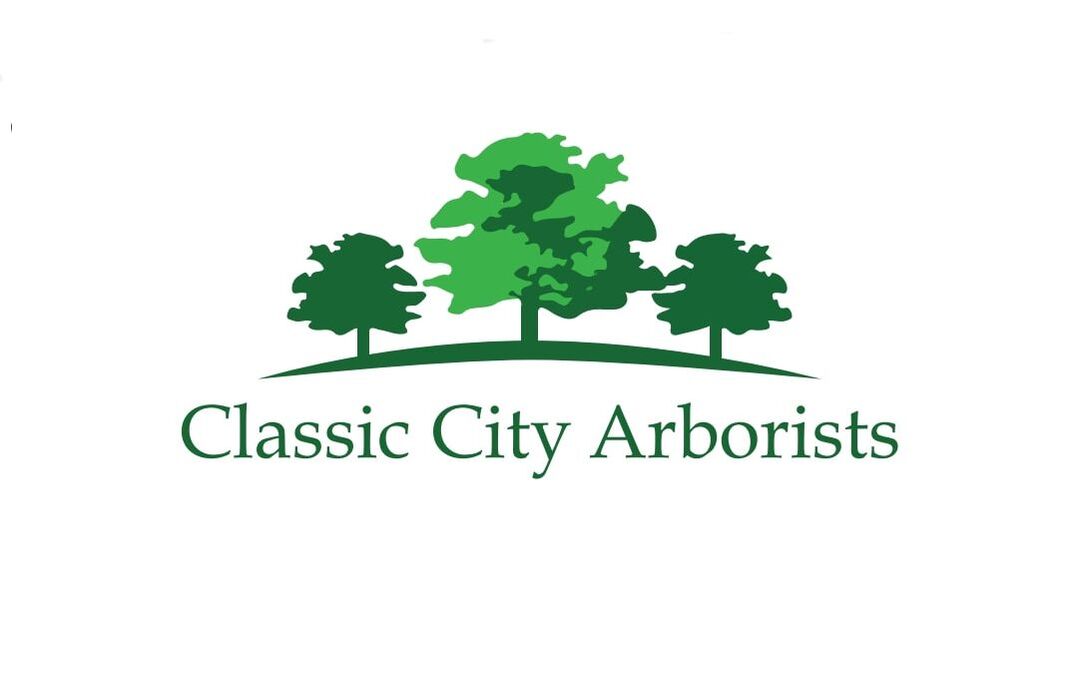|
News and Blog Articles
|
|
With the days getting warmer and summer on its way, you and your family will probably be spending more of your free time outside. As you enjoy the sunshine, you might realize that some of your trees don’t look so healthy. Maybe their leaves are dying, or maybe they’re riddled with holes. Either way, those trees can and should make you nervous, because if they fail, they can cause bodily harm as well as property damage. But how do you know what’s actually a cause for concern? Though not all indications of decline are easily visible, by keeping your eye out for these five common signs, you will know when it’s time to call your friendly neighborhood arborist! Dead, Dying or Discolored LeavesPerhaps one of the easiest signs to notice is when your tree’s leaves behave abnormally. When a leaf dies, it usually will first change color and then fall from its tree; this is what creates the beautiful reds, vibrant oranges, and stunning yellows we associate with autumn. However, this process is only normal for one season. If the leaves of your tree are changing color and falling off and it’s not Fall, your tree might have some internal issues that’s causing the leaves to die prematurely. Sometimes, leaves will die and fall from only one area of your tree; this might indicate that a particular limb is dead or dying. While this is normal, and the tree will eventually drop this limb, it is better to have an arborist go ahead and remove that limb for safety reasons and the overall health of the tree. Mushrooms and Fungus and Conks, Oh My! Another sign that your tree isn’t as healthy as it should be is the growth of parasitic organisms that feed on organic matter. Though mushrooms can be pretty to look at, and give your tree a fairy tale air, if they’re growing around the base of a tree, it probably means there is damage or rot of the tree’s roots. The fungi happily feeds on this decaying root matter, and while they might not be the cause of a tree’s failure, they are certainly a warning sign. Besides fungi around the base of your tree, you should also keep your eye on fungal growths on the trunk of your tree, such as fungal conks. Fungal conks look like little lamp shades sticking out from a tree’s bark; they are often patterned similar to bark, and may look like a natural growth of the tree. In reality, these conks are actually the fruiting bodies (reproductive sacs) of a type of fungus called mycelium. This fungus can grow at the base of your tree, indicating root decay, or can be festering beneath the bark of your tree, indicating internal trunk decay. There are an endless array of fungi that can grow on your tree, and not all of them are a bad sign; the best course of action if you notice some mushrooms or strange plants appearing on or around your tree is to have a professional arborist perform a simple evaluation to determine the tree’s health. If, after reading this, you’re already thinking of a couple of trees with fungi that might need attention, please give us a call! We offer free estimates, and will investigate the state of your tree and advise whether it needs treatment or removal; an estimate also gives you the cost of the different treatment and removal options, so you can make the most informed decision possible. Insects, Bugs, and Other PestsThough insects and bugs are vital to our ecosystem, we often don’t want to see them—especially in the house! When you notice something like apparent sawdust on your porch, you probably immediately investigate the two most common culprits: carpenter bees and termites. If you notice sawdust around your tree, you should have the same reaction. Those tell-tale little piles of sawdust indicate that insects have burrowed into your tree, and if they’re burrowing, the wood inside is probably dead or dying. Other indications of insects making a home out of your tree include: small pinholes in limbs or tree trunks that indicate an insect’s entry point, dried sap (called resin masses or pitch tubes) on the outside of the tree that leaks after a bug gets in, and even woodpeckers jackhammering away, looking for a tasty meal. Some species of insect will also impact the leaves of your tree; if you see mottled brown spots, or strips of discoloration, or randomly dispersed holes, this might indicate the presence of insects. These insects might also gather on the underside of your leaves without doing too much damage to the leaves themselves, so if you suspect an infestation, be sure to check. Did You Know?One of the most common infestations of pine trees in our area is the pine beetle, also knows as the southern pine beetle, or Dendroctonus frontalis.
These relatively large insects like to live just under the bark of your pine, and leave behind lots of resin masses that might look like polka dots.
They pests move from tree to tree in a directional pattern, resulting in an obvious trail of dead trees. The best course of action is to remove the infected tree as quickly as possible to prevent them from spreading. Canker Sores – Not Just for Your Mouth! The term canker sore probably evokes unpleasant memories of the tiny ulcers that develop in the mouth and on or around the lips, making eating and drinking uncomfortable and even painful. Trees can also develop little sores, referred to as cankers, that leave them vulnerable to further damage, insect infestation, and rot. Cankers often appear on trees plagued by fungi growing between the bark and actually tree trunk, but can be caused by things as simple as damage from your lawn mower or even rough hail. A tree canker sore will appear as nothing more than a small, dead area on the bark, stems, branches, or twigs. Bark cankers appear as a different color than the healthy bark, and might also be indented thanks to the interior decay. The canker becomes something of a magnet for bacteria, fungi, and insects, inviting further infestation and damage to the tree. Because of this, it is extremely important to diagnose a canker as early as possible! Cavities and Hollows If you’ve ever been on a hike, to a park, or wandered through the woods, you’ve probably seen a tree with a cavity, and thought it looked rather cool. These hollows seem like the perfect place for a cute squirrel or mama owl to nest; children’s books often depict these holes as such, suggesting that these occurrences are normal and no cause for concern. Unfortunately, these cavities indicate internal decay and present a high risk of tree failure. At best, these holes reduce the structural integrity of the tree, making it more liable to snap or fall under its own weight in harsh weather. At worst, cavities expose the decaying interior of the tree to external forces, insect infestations, and fungi that cause it to decline even faster and greatly increases the chances that the tree will need to be removed entirely. So What Can You Do? Some cases of insects and fungi growth can be treated. The best thing you can do is keep a close eye on your trees, and have a trained, experienced arborist evaluate anything questionable. The quicker the decay is addressed, the easier it is to reduce the risk of danger to you and your family. At Classic City Arborists, we offer free estimates that include Scott, our certified arborist, coming out to your property to closely inspect the trees you’re concerned about and offer his professional opinion on the best course of action, as well as some estimates for the cost of those actions. Even if you don’t call us, or if you find another company that you’d like to work with, we strongly recommend you find a company that is licensed and insured for the safety of you, your family, your property, and your trees! AuthorEmily Casuccio is sister and sister-in-law to Rebekah and Scott Rushing, and has over half a decade of experience in copywriting, copyediting, proofreading, and developmental storyboarding. She's worked with both published and undiscovered authors on both fiction and nonfiction, and takes pride in supporting local businesses. Her passion lies in the written word and helping authors of all capacities realize their dreams and achieve their fullest potential. To learn more about her, read samples of her work, or contact her, visit her online portfolio.
0 Comments
Your comment will be posted after it is approved.
Leave a Reply. |
Categories
All
Archives
January 2023
|
|
23 Whatever you do, work at it with all your heart, as working for the Lord, not for human masters,
24 since you know that you will receive an inheritance from the Lord as a reward. It is the Lord Christ you are serving.
Colossians 3:23-24
24 since you know that you will receive an inheritance from the Lord as a reward. It is the Lord Christ you are serving.
Colossians 3:23-24

